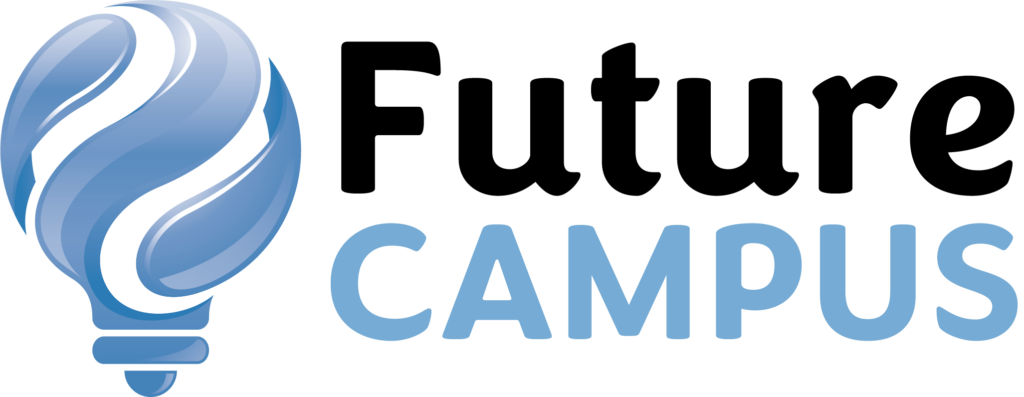I am just back from the Generative AI for Education Leaders Summit in Sydney, where I was launching a new app for instant assessment reform aka. ‘NextAssess’, and let me tell you, there was a distinct sense of déjà vu.
Last year, I was lucky enough to attend SXSW Edu in Austin, Texas (March 2023), when generative AI was still relatively new (although already old by AI standards). ChatGPT was possibly the most used term of the entire week-long conference. People talked about the fact that it would ‘change learning and teaching’, how it promised to ‘lower teacher workload’ and about the ‘risks and challenges’ associated with it.
Fast forward twelve months, and the conversation hasn’t changed much. We all agree it’s transformative, but the “how” remains a bit murky.
There’s a healthy recognition of the risks (bias in algorithms, anyone?) and a lesser focus on the opportunities. Yes, there were talks about early adopters and carving out space for them, but concrete implementation strategies were a bit thin on the ground.
This is where the first-mover advantage becomes truly compelling. As institutions grapple with the “what ifs,” those embracing the “whys” and “how” stand to gain significant benefits. Consider the Accord, highlighting the importance of diversity and inclusion, employability and global engagement. Similarly, TEQSA raises concerns about future-proofing our institutions. Instead of seeing these as challenges, let’s see them as opportunities to leverage AI for good (something I’m particularly passionate about).
For example, research by Ashley Anderson explores using generative AI to combat stereotype threats faced by Black students in STEM. Imagine AI tools that foster a sense of belonging and success in these fields.It’s possible and achievable, right now.
Think student engagement. Chatbots can increase enrollment by providing 24/7 support. AI-powered simulations and virtual labs can keep students hooked. The potential to improve retention rates is undeniable, and available to those ready to embrace the possibilities.
And then there’s personalised learning. Generative AI can tailor learning materials, adjust pace to individual needs, and even create immersive VR experiences. Imagine the impact on critical thinking and problem-solving skills!
Let’s not forget student wellness either. Platforms like Kids Help Phone already leverage AI to provide 24/7 support and analyse communication styles to direct students to the right resources. This can have a massive impact on mental health outcomes, without resulting in huge increases in personnel and resourcing for an education institution.
The evidence is clear: it is not even the promise of tomorrow. This is what generative AI can do now….for those brave enough to take the opportunity. The question is no longer “if,” but “when.” The institutions that embrace this technology will be the ones shaping the future of learning.
I would love to see a seismic shift from conversation to action. Only by doing this can we hope to stay relevant and meet our obligations to teaching the next generation of leaders and innovators. We can unlock the potential of generative AI. But we have to act, rather than watch and chat.
It’s an exciting time to be alive.

